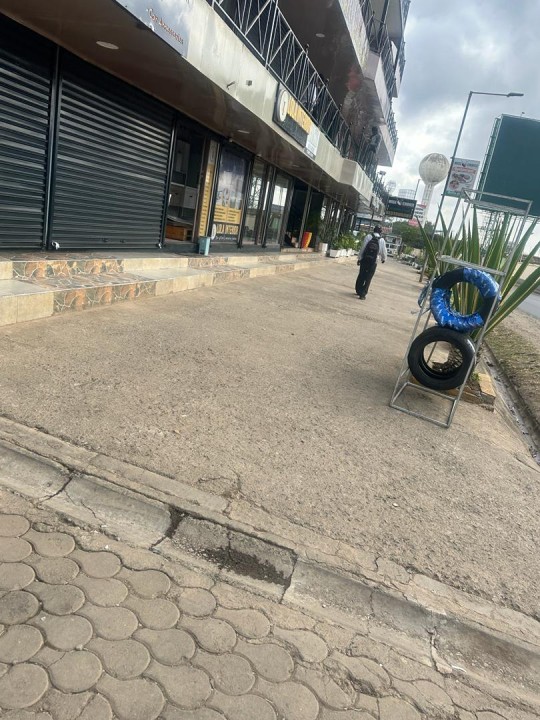Innovation is expensive. The graveyard of innovation is full of more ideas that failed than those that worked. If you hear of someone say; ‘hey I have this idea that no one has ever tried’, know for sure they are young to innovation. Young in the sense that there is almost no new idea. Every idea is usually a re-brand or rethink to an old idea.
It’s thus cheaper to try to make something that failed work, than try to start something new from scratch. Although new-to-worlds always have high upsides, they also have equally deeps. That’s where reverse innovation comes in.
To say, find an idea that failed, reasons why it failed and ask; ‘what would have to be true for this project to work?’ If you can rework the assumptions, you could get close to making any project work. There are no bad ideas, there are wrong assumptions. I always ask; ‘what would have to be true for this idea to work?’
If you launched an app, that would be something like; ‘how many people should be downloading this app daily? And what will make them download it?’ You nudge the idea. So for an idea that failed, there’s already data collected. You can work with that data and reintroduce the idea.
All great ideas are nothing but great reintroductions. If an idea failed in Nairobi, that idea could work in Kampala. A product could fail in one category, yet work in new category. There are products that suffer from poor categorization.
If you are a new executive in a company, that could mean finding what your predecessors already tried and finding ways of reintroducing them. That’s why sometimes innovation borders on luck. Sometimes you enter a market where all the assumptions that need to true, are true. If you spot such a thing, you jump on.

